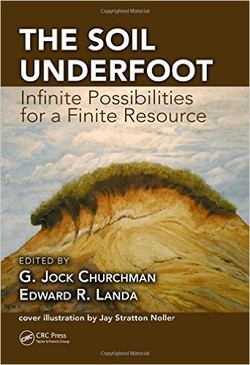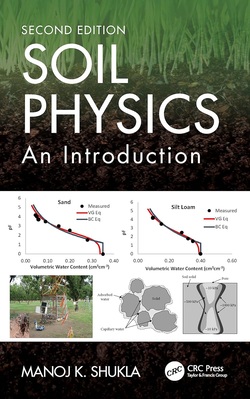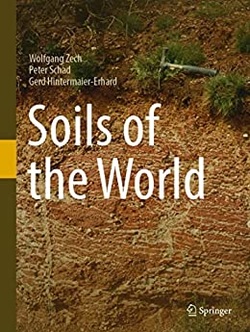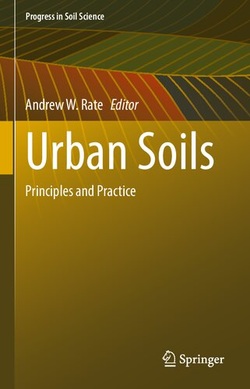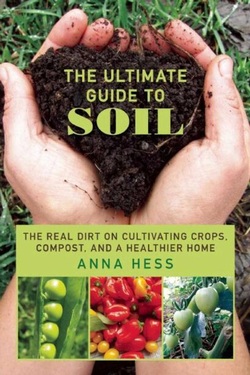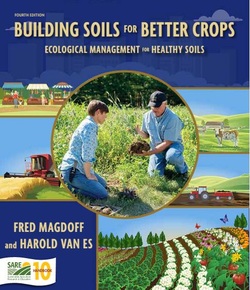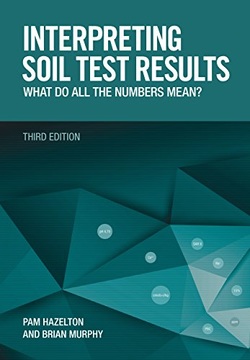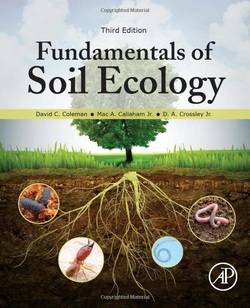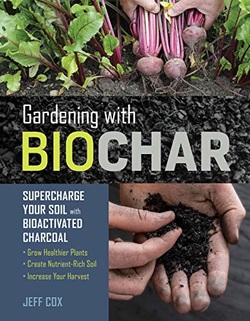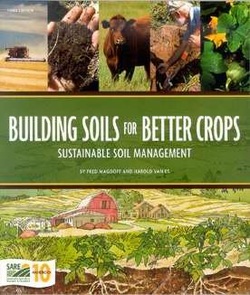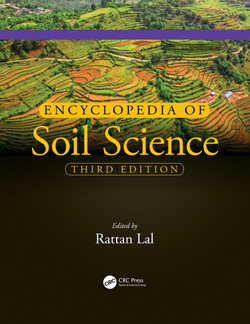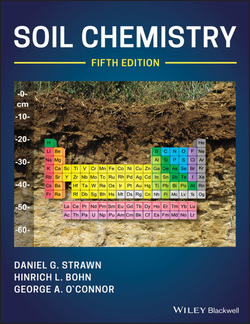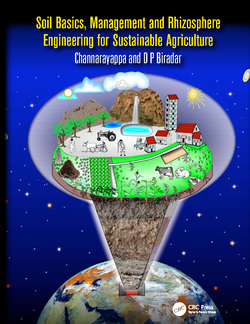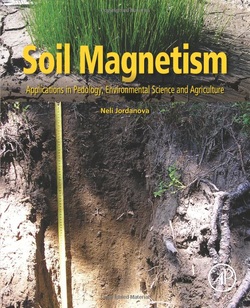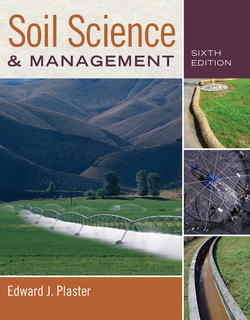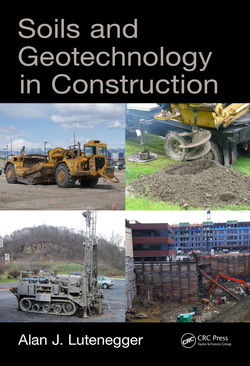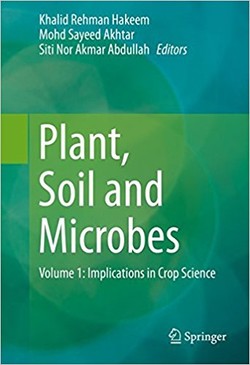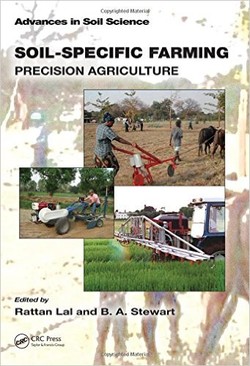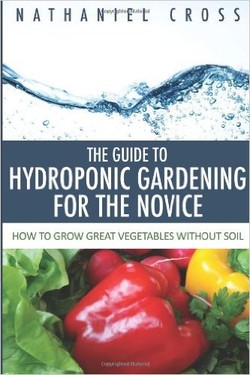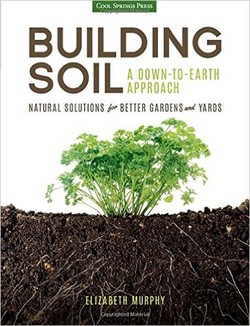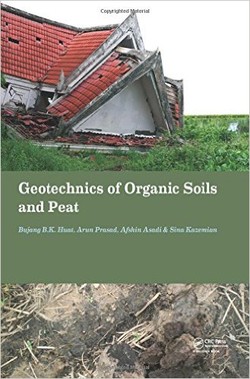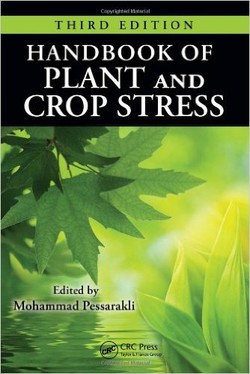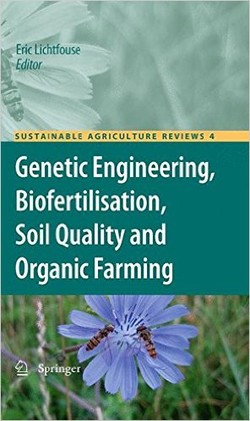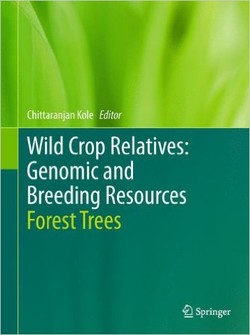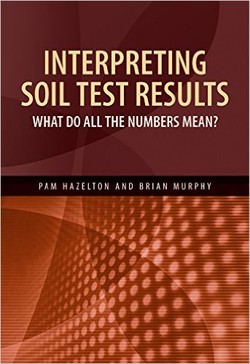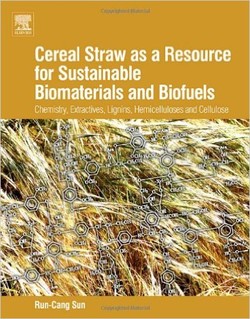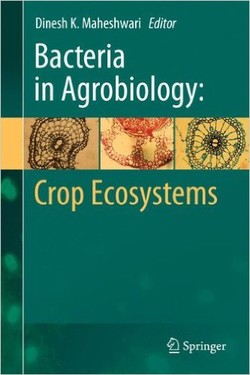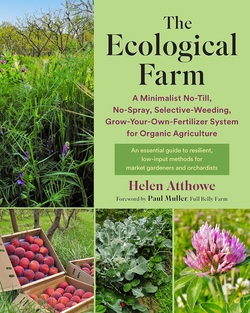بزرگترین بخش مواد غذایی در جهان، یا بهطور مستقیم از گیاهان و یا از طریق تغذیه حیوانات در مراتع و محصولات کشاورزی؛ از خاک آن میآید. بنابراین، نگهداری از خاکها و تا حد ممکن بهبود کیفیت و سلامت آنها ضروری است بهطوریکه آنها را قادر سازد تا از رشد جمعیت جهان پشتیبانی کنند.
کتاب “خاک زیر پا” خوانندگان را با دانش تاریخی جمعیتهای مختلف سرتاسر جهان، بههمراه ایدهها و رویکردهای رایج برای مدیریت آگاهانه خاک، مجهز میکند.
این کتاب، ارزش خاکها و کاربردهای بیشمار آنها در زمینههای انسانی و اجتماعی در گذشته، حال و آینده را پوشش میدهد. علاوه بر پرداختن به روشهای فنی نگهداری از خاک، یک مجموعه تاریخی متفاوت از لحاظ فرهنگی و جغرافیایی خاک را ارائه میدهد، از جمله چارچوب کاری فلسفی و اخلاقی که باعث پایداری و یا تخریب آن شدهاند.
کتاب “خاک زیر پا” خوانندگان را با دانش تاریخی جمعیتهای مختلف سرتاسر جهان، بههمراه ایدهها و رویکردهای رایج برای مدیریت آگاهانه خاک، مجهز میکند.
این کتاب، ارزش خاکها و کاربردهای بیشمار آنها در زمینههای انسانی و اجتماعی در گذشته، حال و آینده را پوشش میدهد. علاوه بر پرداختن به روشهای فنی نگهداری از خاک، یک مجموعه تاریخی متفاوت از لحاظ فرهنگی و جغرافیایی خاک را ارائه میدهد، از جمله چارچوب کاری فلسفی و اخلاقی که باعث پایداری و یا تخریب آن شدهاند.
سال انتشار: 2014 | تعداد صفحات: 454 | حجم فایل: 49.58 مگابایت | زبان: انگلیسی
The Soil Underfoot: Infinite Possibilities for a Finite Resource
نویسنده:
G. Jock Churchman, Edward R. Landa
ناشر:
CRC Press
ISBN10:
146657156X
ISBN13:
9781466571563
